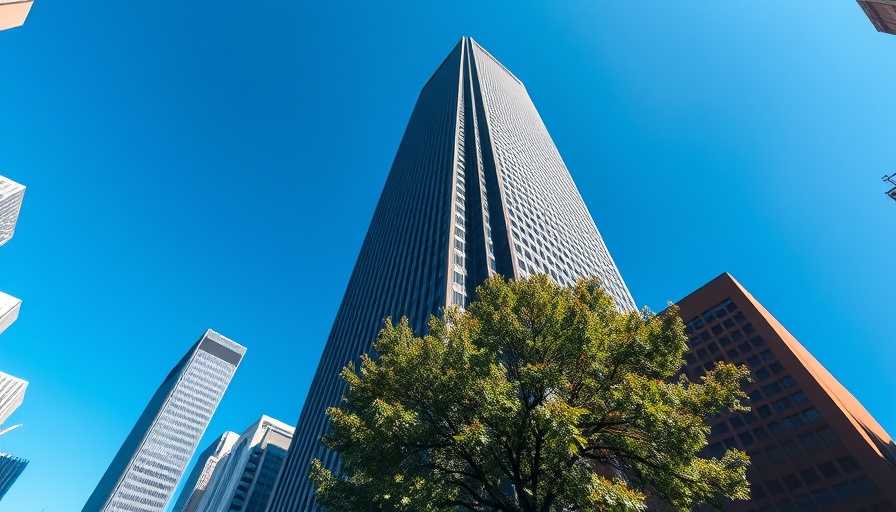
The Rise of a New Icon: Hines’ Tower Proposal
In a bold move that could redefine the skyline of San Francisco, Hines is proposing a new tower at the former PG&E headquarters. Once built, the tower is set to reach an impressive height of 1,225 feet, eclipsing Salesforce Tower, the current tallest building in the city, by 155 feet. This ambitious project not only represents a significant architectural endeavor but also a shift in the urban landscape of San Francisco.
Why This Project Matters for San Francisco
San Francisco has long been known for its iconic skyline, blending historic buildings with modern architecture. The addition of Hines' proposed tower could create a new focal point for residents and visitors alike. The company has expressed that this new structure will not only enhance the city’s aesthetics but also drive economic growth by attracting businesses and tourists. As the local economy continues to evolve, revitalizing key areas like the PG&E headquarters site could be crucial for post-pandemic recovery.
Public Reception and Concerns
With every new landmark proposal, there comes a mix of excitement and apprehension. Community responses to Hines' plans have been varied. Proponents argue that the tower could inject vitality into the economic landscape, while critics raise concerns about environmental impact and urban overdevelopment. Striking a balance between growth and sustainability has become a hot topic in San Francisco, especially in progressive circles where the community's voice is vital.
Comparing Iconic Structures: The Salesforce Tower vs. Hines’ Proposal
Salesforce Tower currently stands as the epitome of San Francisco's modern architecture. It has become a symbol of the tech-driven economy that defines the Bay Area. Hines’ proposed tower, however, could challenge this narrative by shifting focus to new opportunities beyond technology-oriented enterprises. Observers note that the design and usage of this new tower could reflect a more holistic view of urban living, balancing work, residential, and leisure environments.
Future Predictions and Trends in San Francisco Development
As economic recovery continues post-COVID, urban developers are predicting a trend towards taller, mixed-use buildings in major cities. Hines’ initiative aligns with these predictions as it aims to combine office space with residential and retail elements, creating a vibrant community hub. This trend signifies a move towards more compact, accessible living solutions that cater to urbanites looking for convenience and a sense of community within their living spaces.
Actionable Insights: What This Means for Residents and Stakeholders
For residents, the proposal signifies an opportunity for community engagement. Attending local council meetings, participating in public forums, and voicing opinions about the development will ensure that the community's needs are met. For stakeholders and potential investors, understanding this shift in urban development can guide future investment decisions, making it crucial to stay informed about such proposals.
Conclusion: An Opportunity for Transformation
The Hines tower proposal represents more than a mere architectural feat—it symbolizes a transformative vision for San Francisco's future. As the city navigates post-pandemic recovery and urban expansion, the community's engagement will play a pivotal role. Keeping a close eye on local developments and providing feedback will help shape a skyline that reflects the aspirations of its inhabitants.
As we look ahead, Hines' ambitious project stands at the crossroads of innovation and tradition, poised to usher in a new era for San Francisco's iconic skyline.
 Add Row
Add Row  Add
Add 




 Add Row
Add Row  Add
Add 

Write A Comment